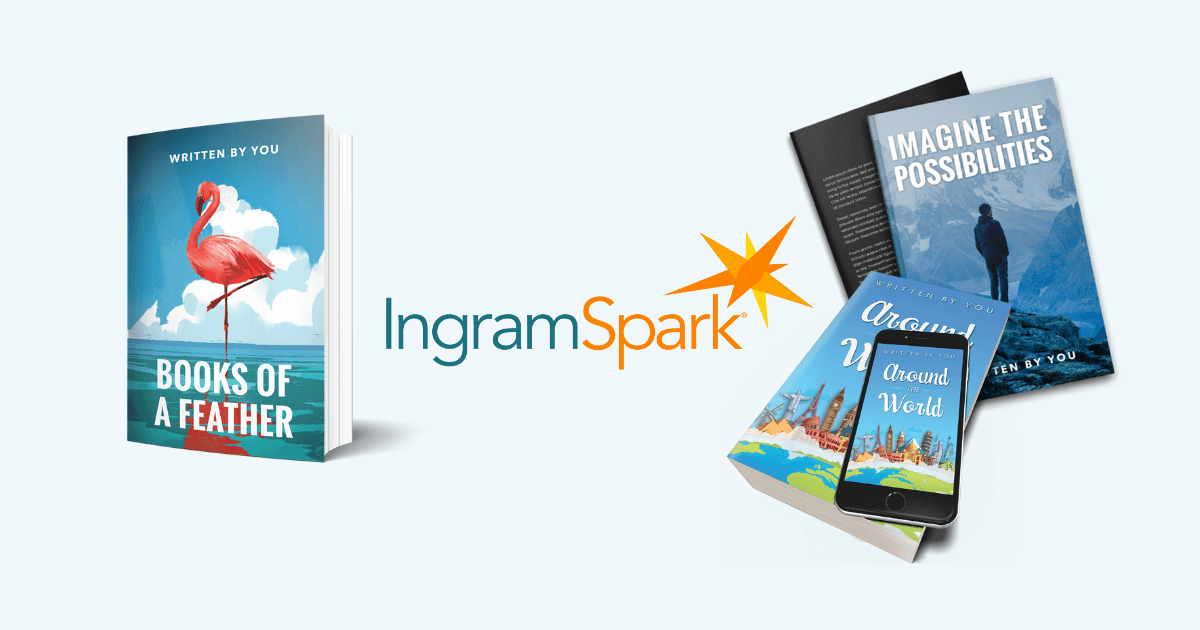
Understanding the costs associated with publishing a book can be complex, as the world of publishing offers vastly different models. Unlike traditional publishers such as HarperCollins or Scholastic, where the publisher invests in your book, IngramSpark operates as a self-publishing service. This means you, the author, are essentially the publisher, and you bear the costs involved in bringing your book to life.
IngramSpark is a leading print-on-demand (POD) and ebook distribution platform. It doesn’t edit, design, or market your book for you; instead, it provides the tools and infrastructure to print and distribute your book widely. So, what exactly does that cost?
The Fundamental Shift: Author Pays, Author Controls
With IngramSpark, you are in control. You retain all your rights, set your own prices, and determine your distribution strategy. This freedom comes with financial responsibilities. Your costs will primarily involve setting up your book, printing copies, and certain distribution fees.
Key Costs Associated with IngramSpark
While IngramSpark has made significant changes in recent years, largely eliminating initial setup fees, specific costs are still part of the process:
- Book Setup (Now Generally Free): Historically, IngramSpark charged a setup fee for each print or ebook title. However, as of recent updates, IngramSpark no longer charges a fee for new print or ebook title uploads. This is a significant boon for self-publishers.
- Print Cost Per Book: This is perhaps the most substantial and ongoing cost. Since IngramSpark uses a print-on-demand model, you pay a per-unit printing cost only when a book is ordered. This cost varies based on:
- Page Count: More pages mean higher costs.
- Trim Size: Standard sizes are usually cheaper.
- Interior Color: Black & white is much cheaper than color.
- Paper Type: Premium paper costs more.
- Binding Type: Hardcover is more expensive than paperback.
- Laminate Type: Matte, gloss, or ultra-premium can affect the price. You can use IngramSpark’s online calculator to get precise estimates based on your book’s specifications.
- Revision Fees (After Initial Period): While new book setups no longer incur fees, revisions to your book’s files (like correcting a typo in the interior or updating a cover) are typically free for the first 60 days after the book’s initial production date. After that, a fee (e.g., $25 per revised file upload) usually applies. This encourages authors to ensure their files are perfect before going live.
- Market Access Fee (Distribution Fee): This is a relatively newer fee. IngramSpark charges a “market access fee” for every print book sold through its global distribution network. This fee is a small percentage (e.g., 1% or 1.5% of the list price) and is deducted from your compensation when a sale occurs. It’s essentially a charge for leveraging their vast network of over 40,000 retailers, libraries, and schools.
- Physical Proof Copies: Before making your book available for wider distribution, you’ll likely want to order a physical proof copy to check the print quality, colors, and layout. You pay the print cost per copy for these proofs, plus shipping.
- ISBNs (Varies): An ISBN (International Standard Book Number) is crucial for distributing your book. In some regions (like the US), you typically purchase ISBNs from an official agency (e.g., Bowker). IngramSpark sometimes offers a discounted rate for ISBNs purchased directly through their platform or even free, non-transferable SKUs for print-only orders if you don’t intend widespread distribution. Owning your ISBN gives you more control and flexibility.
Beyond IngramSpark: Your Broader Self-Publishing Investments
It’s important to remember that IngramSpark handles printing and distribution, but it doesn’t cover the full spectrum of professional book production. To create a high-quality book that competes in the market, you’ll need to budget for:
Professional Editing
This is paramount. Costs vary widely depending on the type of editing (developmental, line, copyediting, proofreading) and the manuscript’s length and condition. This can range from a few hundred to several thousand dollars.
Professional Cover Design
A stunning, genre-appropriate cover is your book’s most important marketing tool. Expect to invest anywhere from a few hundred to over a thousand dollars for a high-quality, professional design.
Interior Formatting/Typesetting
Ensuring your book’s interior looks professional and is correctly formatted for print and ebook can be an additional cost if you hire a professional.
Marketing and Promotion
Once your book is out, the responsibility for getting it discovered falls squarely on you. This can include website development, advertising campaigns (social media, Amazon ads), author events, and building your author brand. This is an ongoing and potentially significant investment.
How You Earn (Your “Royalties”)
With IngramSpark, you set your book’s list price and choose a wholesale discount (typically 40% or 55% for broad distribution). Your publisher compensation (what you earn) is calculated as:
- List Price – Wholesale Discount – Print Cost – Market Access Fee = Your Earning per Book.
This model gives you more control over your per-book profit margin compared to traditional publishing, but it requires you to manage all initial expenses.
The Value of Publishing with IngramSpark
Despite the costs, publishing with IngramSpark offers immense value for self-publishers:
- Global Reach: Access to Ingram’s vast distribution network means your book can be ordered by virtually any bookstore, library, or online retailer worldwide.
- Professional Quality: Their print-on-demand quality is highly regarded, offering options for hardcover, paperback, and various paper types.
- Author Control: You maintain full creative control, ownership of your rights, and decision-making power over pricing and promotion.
- No Inventory Risk: Because it’s print-on-demand, you don’t have to order and store thousands of copies, reducing upfront financial risk and storage needs.
In essence, publishing with IngramSpark involves an upfront and per-unit investment from the author. It’s a powerful tool for independent authors seeking wide distribution and professional print quality, but it requires a solid understanding of the various costs involved and a commitment to managing the entire publishing process yourself.


